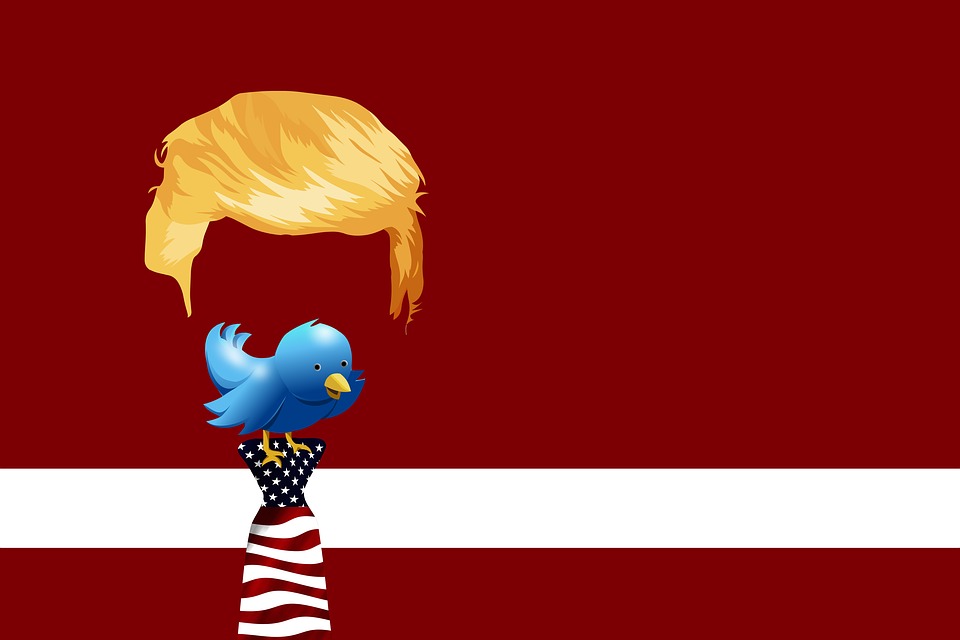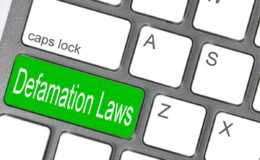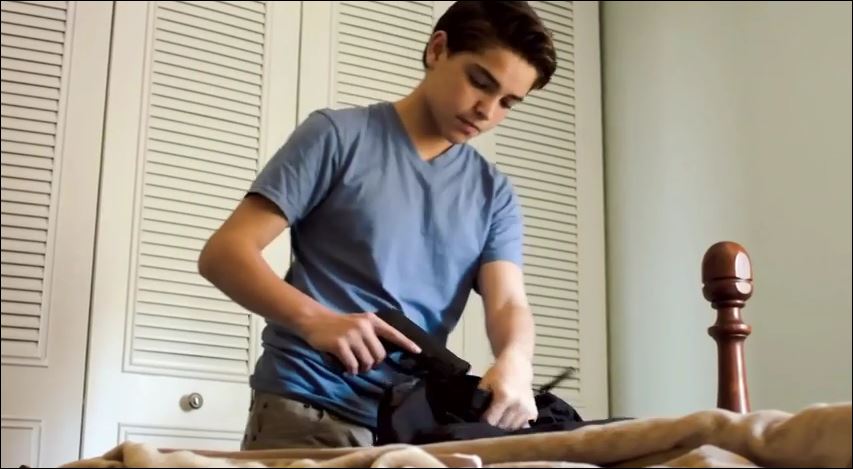Three Steps to Understanding Why Government Officials Cannot Block Users on Social Media (Knight First Amendment Institute et al. v. Donald J. Trump et al.)
- By : Cbh
- Category : 1st Amendment, Social Media

There is some confusion about the recent Second Circuit opinion as to how, on a private social media platform, a government official, using a personal account, cannot block other users. The following three step process should lead just about everyone to understand the outcome.
For a discussion of the underlying District Court opinion, see this post.
STEP ONE: leave your team colors at the door. Meaning, ignore whether you support the ideology of one side or the other. Don’t be swayed by who you want to win or whose speech or actions you prefer. For those with strong, if not blinding, opinions about the particular players in this case, imagine that the roles are reversed (for example, as alleged in Hikind v. Ocasio-Cortez).
STEP TWO: Understand what the government conceded (meaning what they admitted was true). To assist those struggling with step one, I have not used the word “Trump” below so you can think generically of “the government” or any “president,” now or in the future.
Here’s a list of what the government acknowledged was undisputed:
- “No one disputes that the First Amendment restricts government regulation of private speech”;
- The users’ criticism is protected speech;
- The account was private BEFORE the president was elected and will revert to being private AFTER the president leaves office;
- “The president and multiple members of his administration have described his use of the account as official.”
- Dan Scavino, one of the defendants, uses the account and has the title, “White House Director of Social Media”;
- The Twitter account is not independent of the presidency and “is generally accessible to the public at large without regard to political affiliation or any other limiting criteria;
- Users were blocked after posting replies criticizing the president or the president’s policies;
- “The president concedes that he blocked the individual plaintiffs because they posted tweets that criticized him or his policies.”;
- The blocked users were not able to view the president’s tweets, to directly reply, or to access the presidential account homepage;
- “all of this expressive conduct [interacting with the presidential tweets and account] is communicated to thousands of users who interact with the account.”
- The “workarounds” that the blocked users would need to employ are burdens on the users’ speech.
Again, let’s take a pause. The foregoing eleven (11) concessions come from the president and the other defendants, either at oral argument or in their pleadings. Quotes are taken directly from the court opinion.
Heading into the next section, however, I would draw your attention to the fact that these concessions describe (a) a government-run account, (b) a “generally accessible” public forum, (c) the government taking action against protected speech because of the content of that speech, and (d) the government’s action burdened citizens protected speech. The government agrees all of that is undisputed.
STEP THREE: Time to apply the law, specifically, the First Amendment. Here are general principles of First Amendment law taken from the opinion; these “principles” are not new, the following concepts come from federal appellate and U.S. Supreme Court cases wholly unrelated to these parties. To be clear, comments in parenthesis are mine to clarify or guide.
- The fact that the government control over the property is temporary, or that the government does not own the property, is NOT determinative of whether the property is sufficiently controlled by the government to make it a forum for First Amendment purposes.
- A public forum need not be “spatial or geographic” and “the same principles are applicable” to a metaphysical forum.
- A forum is not private when it has interactive features opinion to the public where public interaction is a prominent feature.
- To determine whether a public forum was created, courts look to (a) the policy and practice of the government” (meaning how it uses the forum) and (b) the nature of the space (forum) and its compatibility with expressive behavior (here, Twitter is a space for social interaction).
- “When the government provides a forum for speech (known as a public forum), … the government ordinarily may not exclude speech or speakers from the forum on the basis of viewpoint…” (that’s a quote from the U.S. Supreme Court this year)
- “Viewpoint discrimination by the government is prohibited in traditional, designated, and limited public forms” (so there is no confusion, those are three different types of forums).
So that’s it. Stripping away any bias, counting up the government’s concessions, and reviewing First Amendment principles, we can understand the Court’s conclusions:
- “…the First Amendment does not permit a public official who utilizes a social media account for all manner of official purposes to exclude persons from an otherwise‐open online dialogue because they expressed views with which the official disagrees.”
- “The public presentation of the Account and the webpage associated with it bear all the trappings of an official, state‐run account.”
- The President was NOT exercising control over the account as a private citizen (recall, the government conceded that the account was not independent of the presidency).
- “… once the President has chosen a platform and opened up its interactive space to millions of users and participants, he may not selectively exclude those whose views he disagrees with.”
- “Because the President, as we have seen, acts in an official capacity when he tweets, we conclude that he acts in the same capacity when he blocks those who disagree with him.”
- “Once it is established that the President is a government actor with respect to his use of the Account, viewpoint discrimination violates the First Amendment.”
A quick final note… people who disagree with the Court will likely say, “wait until the Supreme Court hears this.” Keep two things in mind when considering that: one, few cases make it to the Supreme Court, especially when there is little disagreement among the lower courts. Two, there is little to no disagreement among the lower courts. Some conservative courts, such as the 4th and 5th Circuits, have issued similar opinions preventing government official from blocking users on social media.
Because it is worth a reminder, here’s the concluding line of the opinion:

Image credit: Geralt at Pixabay


